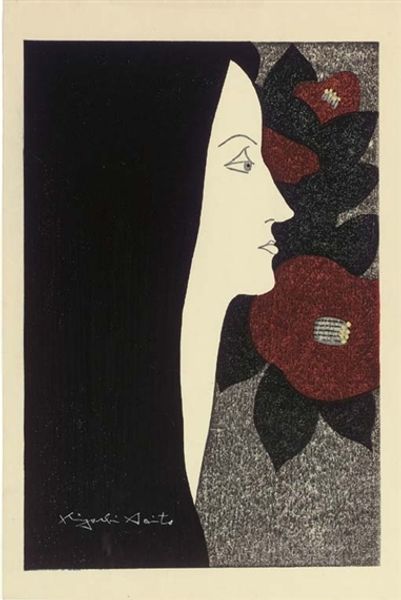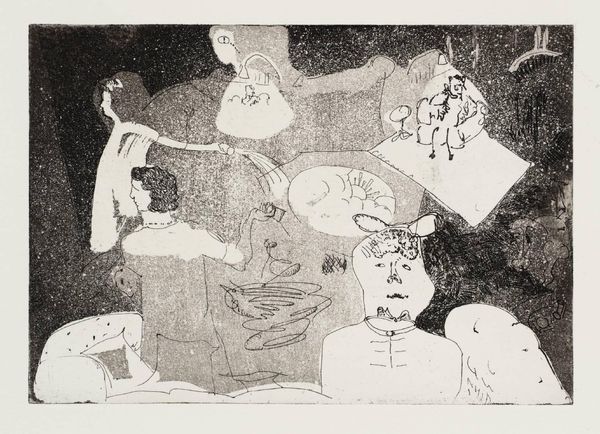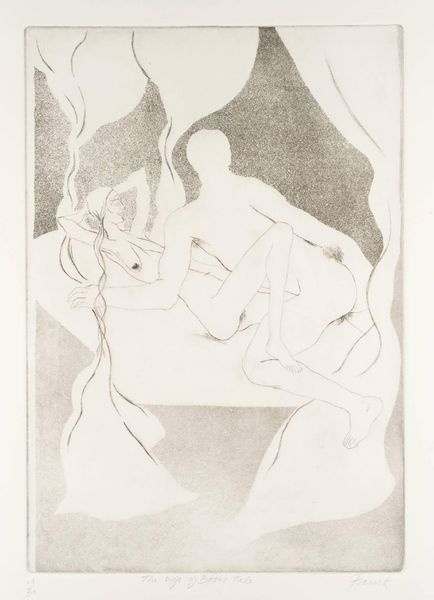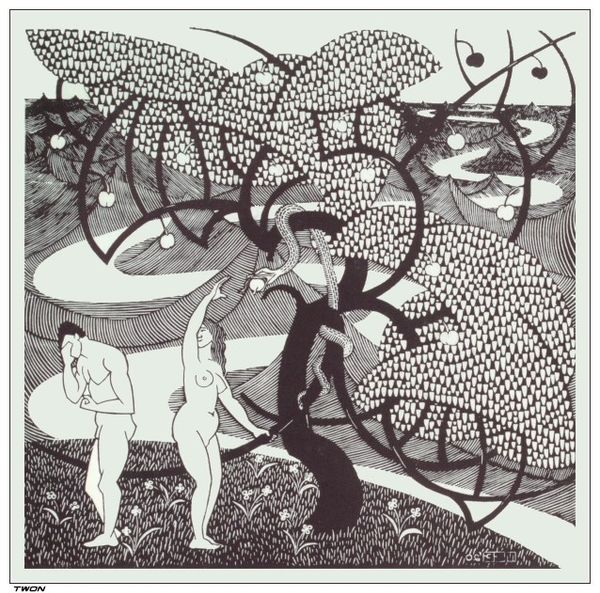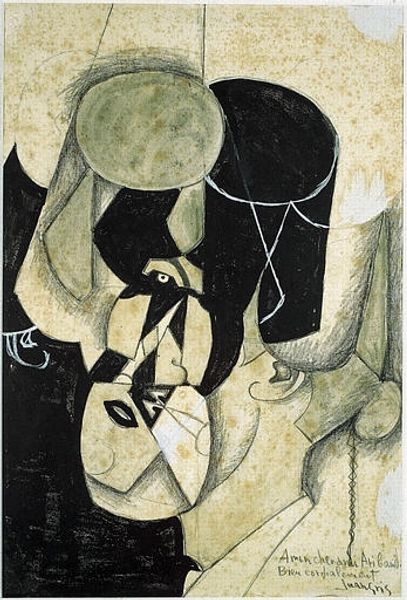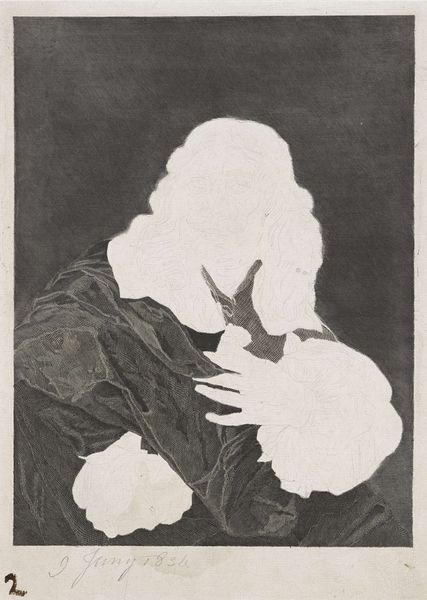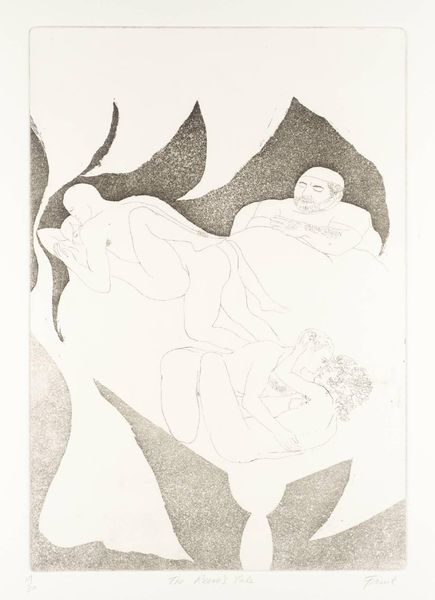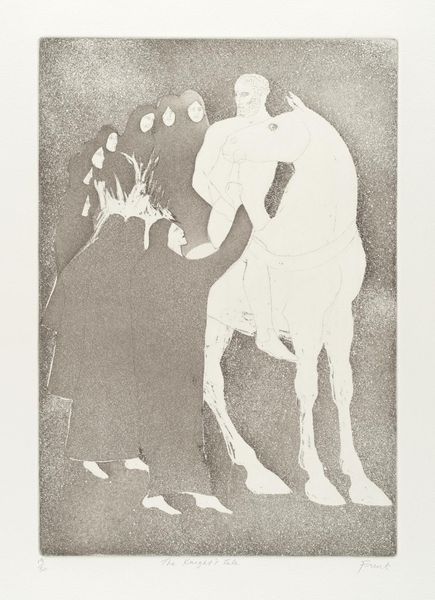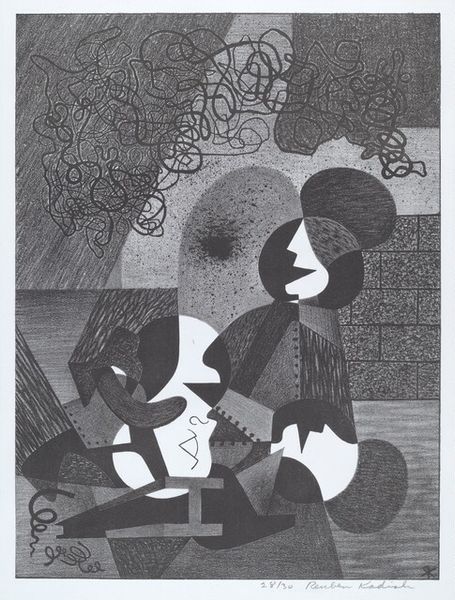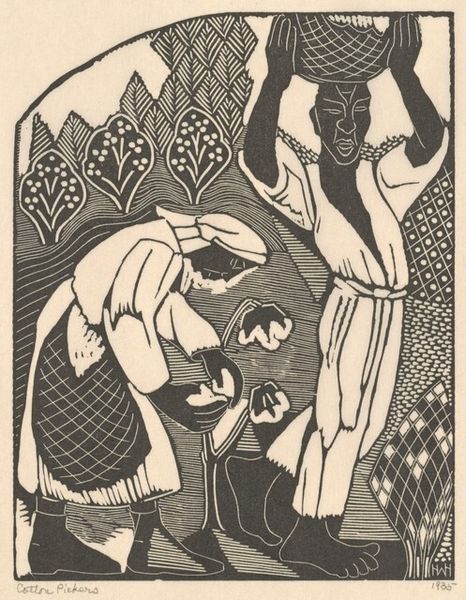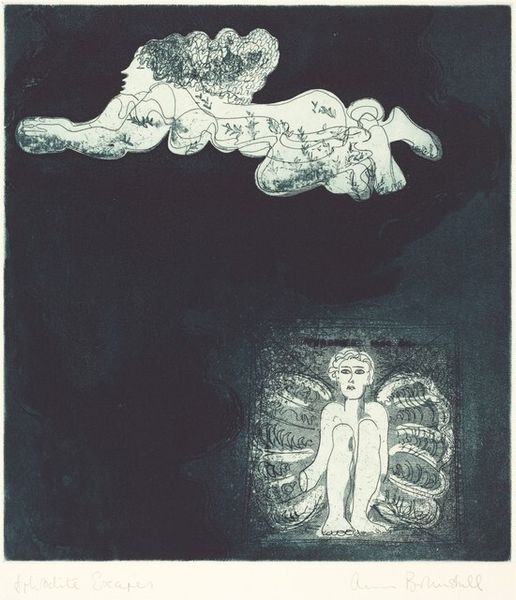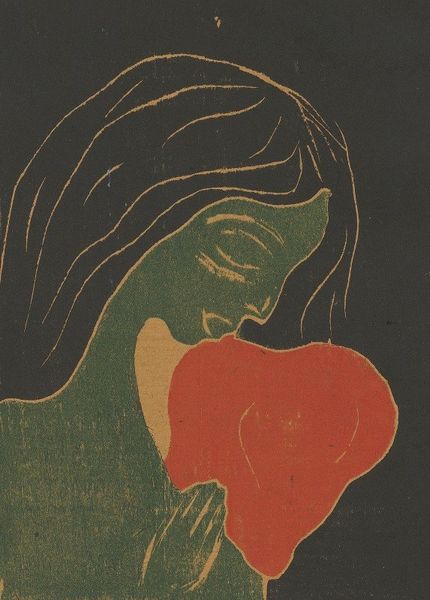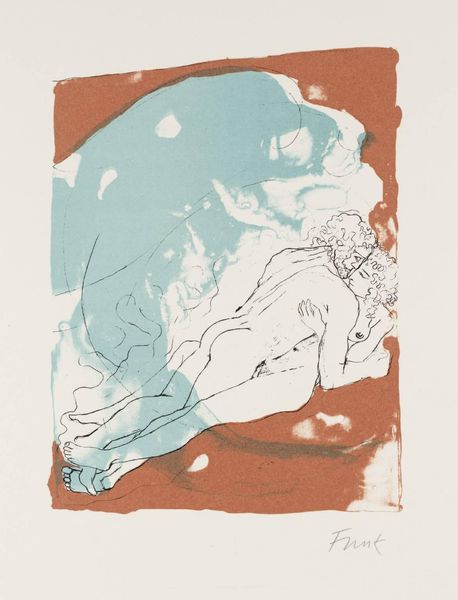
mixed-media, painting
#
mixed-media
#
painting
#
abstract
#
form
#
abstraction
#
line
#
surrealism
Copyright: Modern Artists: Artvee
Editor: So, here we have Joan Miró's "Collage-Peinture" from 1934, a mixed-media piece that feels both playful and unsettling at the same time. Those biomorphic shapes... what's your take on this? Curator: Miró made this during a really interesting period, culturally speaking. Surrealism was attempting to bypass rational thought to unlock the creative potential of the unconscious mind. The use of biomorphic forms, lines, and the neutral palette speak to that, reflecting an attempt to connect with something primordial and universal, though it might seem abstract at first glance. What's most striking to you about the way Miró puts these elements together? Editor: I find the apparent randomness really compelling. But it feels very deliberate, not actually random at all. Do you think there's a socio-political undercurrent in his choice of such seemingly chaotic compositions? Curator: Absolutely. The interwar period was marked by immense social and political upheaval. Artists like Miró were responding to a world that felt increasingly unstable and irrational. His abstract forms, while playful, can be seen as a rejection of traditional, ordered representations, a sort of visual resistance against the status quo. Think of it as an embrace of ambiguity in the face of increasingly rigid social structures. Do you think the Surrealists effectively communicated these messages? Editor: I'm still trying to figure that out, but the conversation itself is powerful. So, from initial impressions to socio-political implications... thanks, this really shifted how I see Miró! Curator: Indeed. It's fascinating how art, even abstract art, becomes a mirror reflecting society back at itself. I've got new appreciation for his place in the period.
Comments
No comments
Be the first to comment and join the conversation on the ultimate creative platform.
